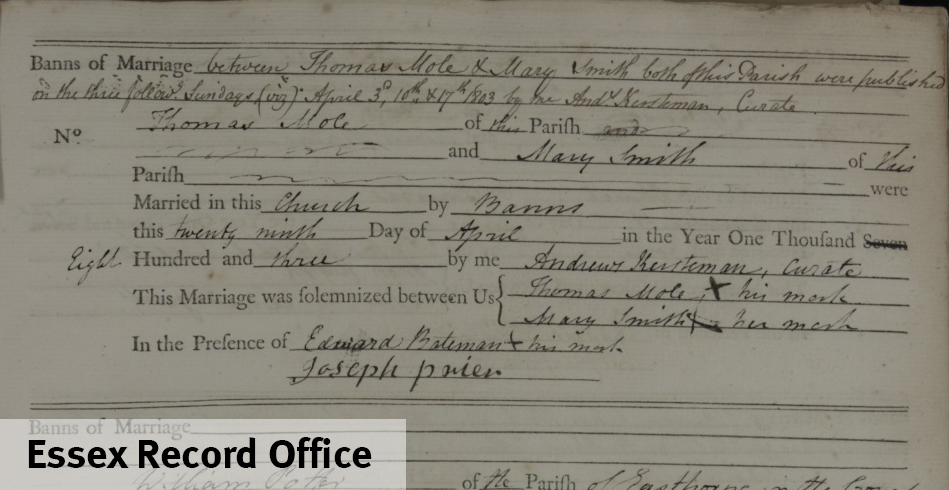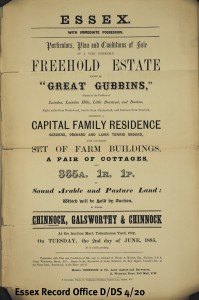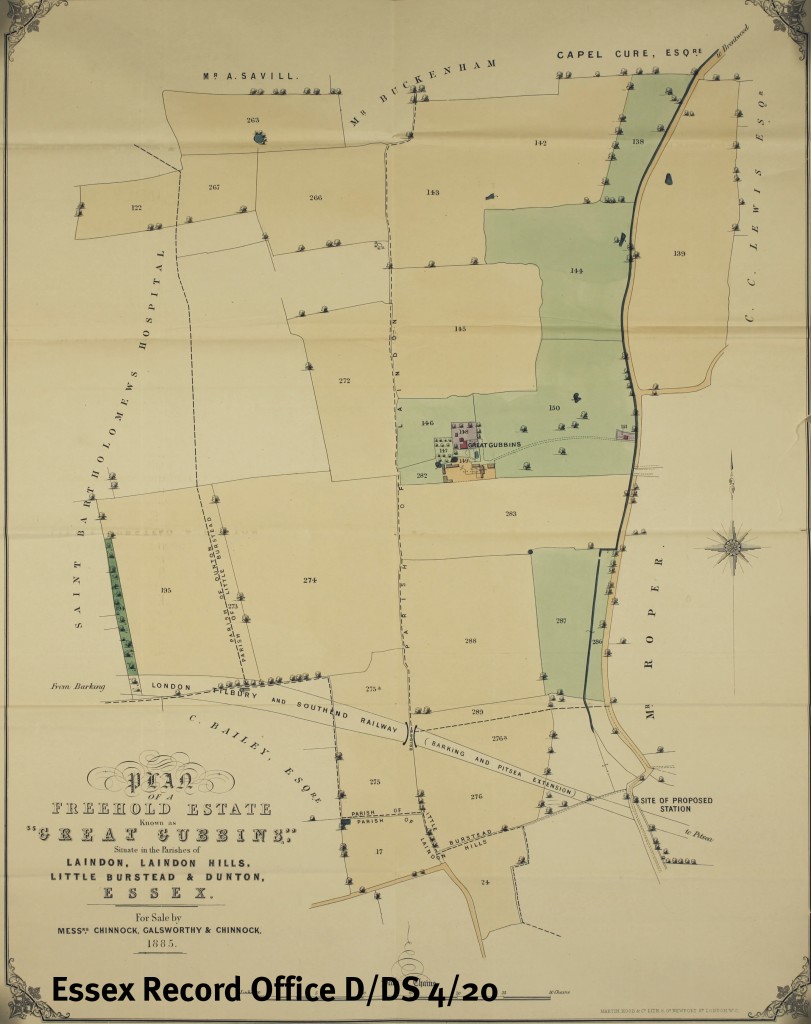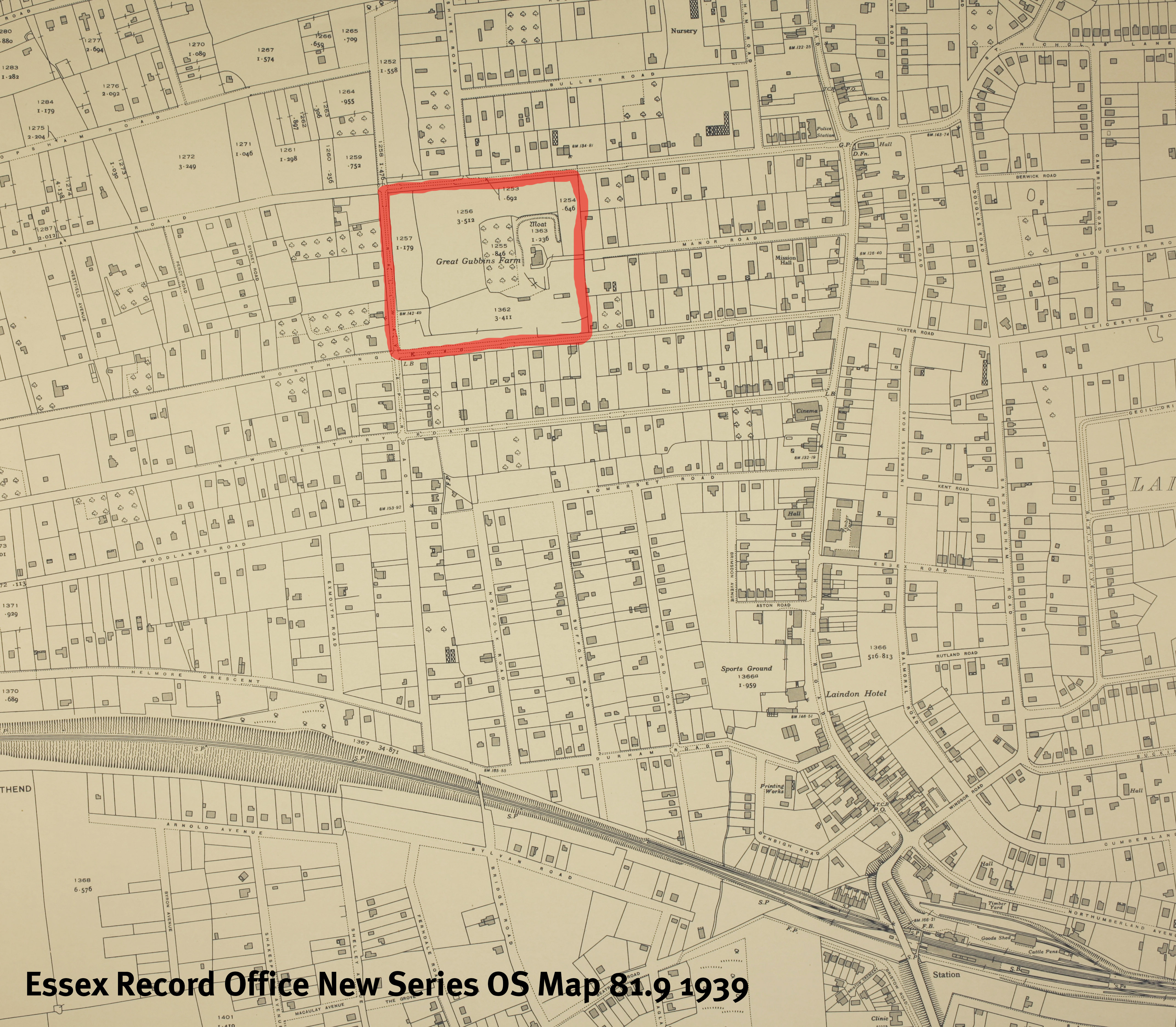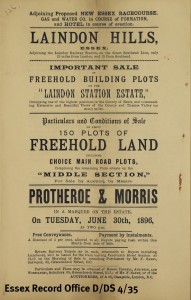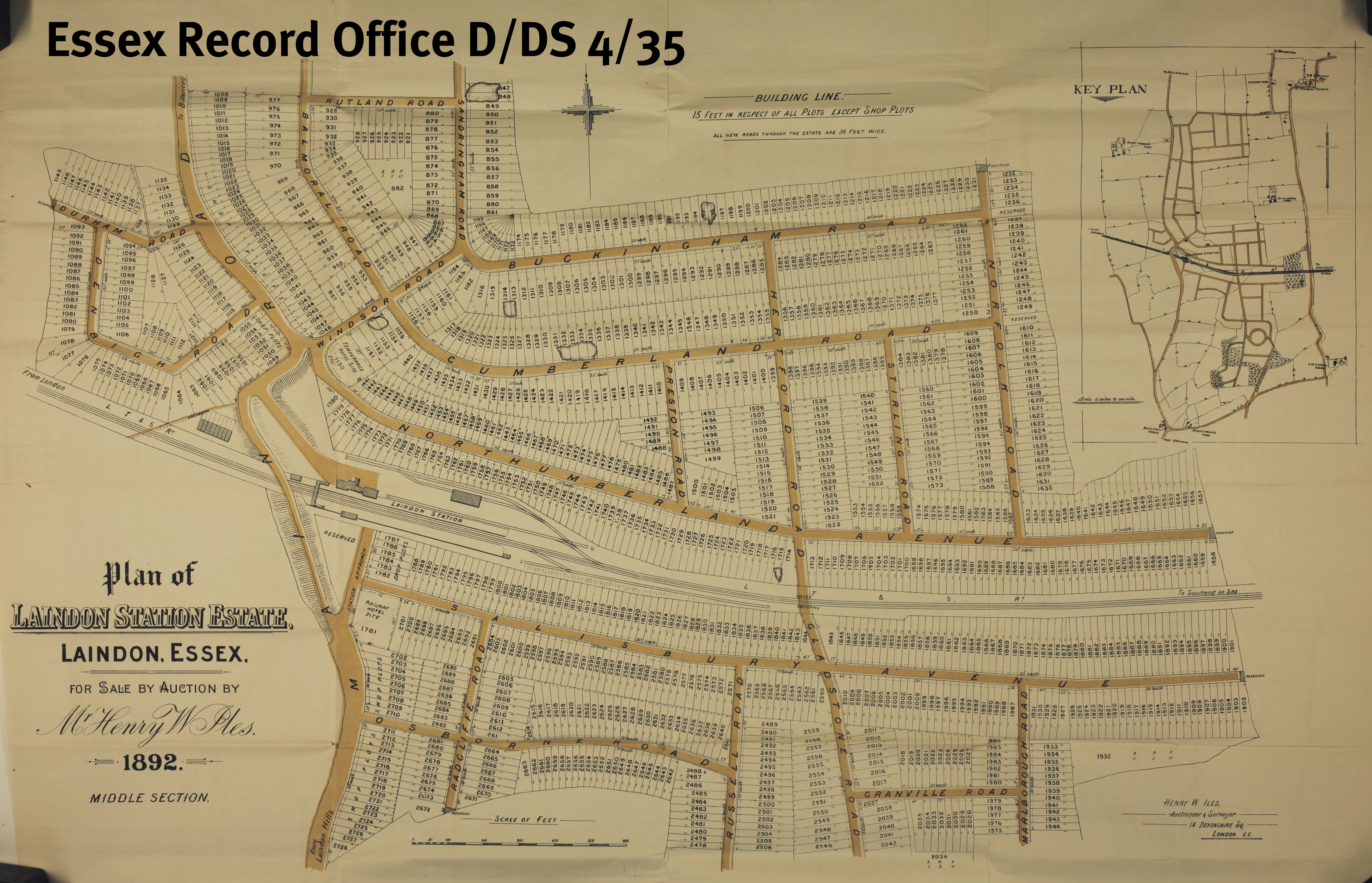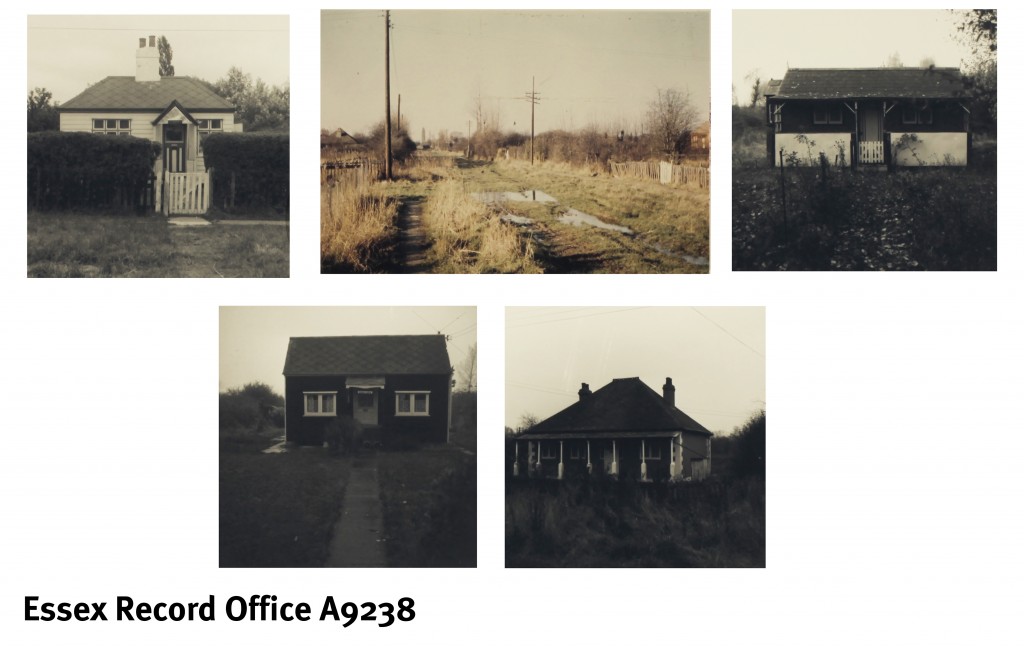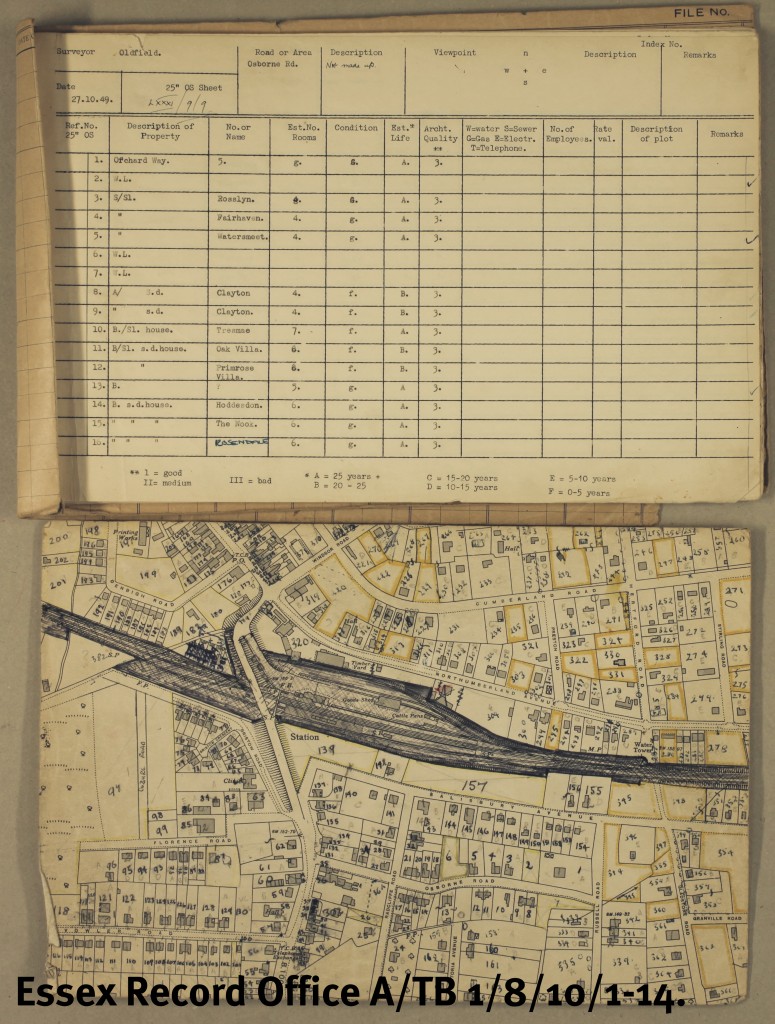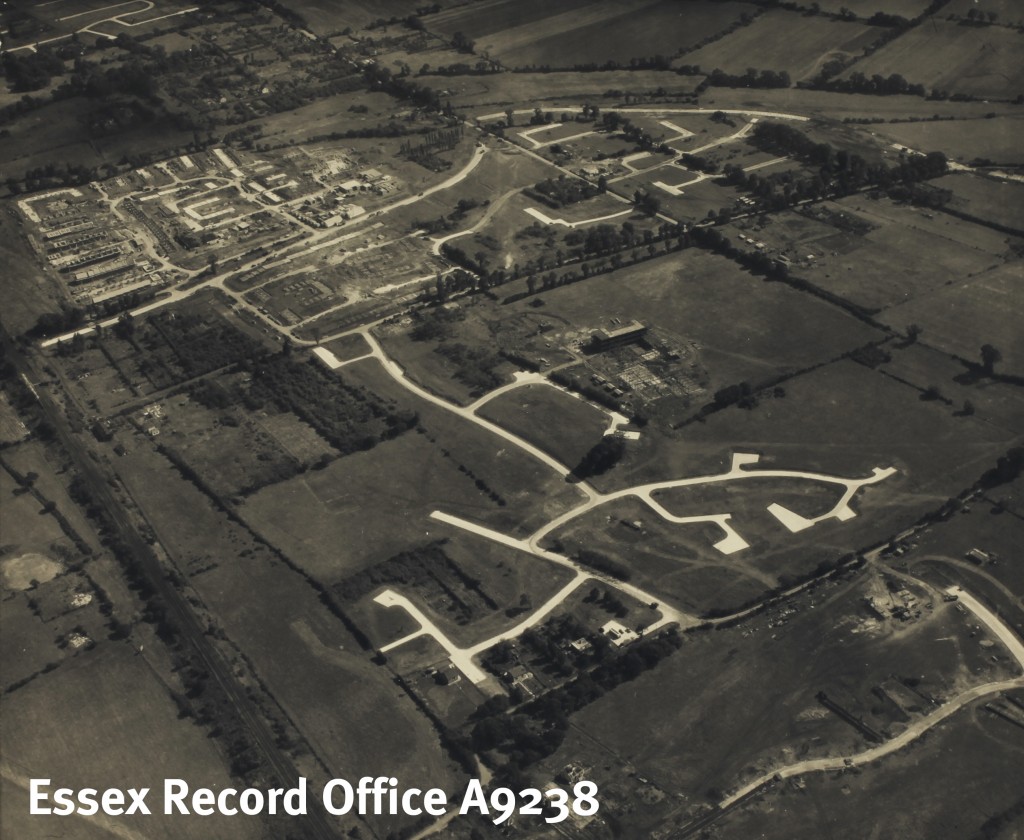Dr Alina Congreve introduces this exciting new network of Archives and Museums across the country. With Essex being the home to three major new towns, all falling into different stages of the movement (Harlow, Basildon and South Woodham Ferrers), it promises to be of particular relevance to this county.

Essex Record Office are excited to be the lead partner for a new national network for post-war new towns. This new network brings together the archives and museums that hold significant collections of post-war new town material. It involves 19 archives and museums from across England. The purpose of the network is to share knowledge between members about activities relating to new town archives. This includes sharing good practice in cataloguing; engaging with families and young people; working with local history and heritage societies; and making links with researchers and universities. The members of the new network are at very different stages of engagement with their new town collections, and there is significant potential for peer learning. Secondly, the network provides time and space to develop larger scale collaborative funding bids. The network is open to new members in England and we welcome interest from from museums, local history centres and academics researching new towns.
New towns mark an important turning point in British history and are a unique contribution to urban development. British new towns have relevance today for new towns being rapidly developed in Asia, Africa, South America and ‘new’ new towns being planned here in Britain. Many British new towns are facing a period of rapid change, with the developments of the post-war period being replaced with little thought given to the original intentions in their design, or architectural significance of the buildings that are removed. These post-war new towns are paradoxically popular with their long-term residents while having a poor external perception. Greater engagement with new town archives can help make connections between long-term New Town residents and recent arrivals, helping to build community and aid social integration. The archive collection of some new towns have drawn the attention of international scholars and generated books, journal articles and symposia. Others have had relatively little attention, in part due to the lack of cataloguing and also a low profile of the collections. A better understanding of our post-war new towns can be valuable in positively shaping their future, and this understanding can be achieved through greater access to and engagement with post-war archives.
To find out more about the network please contact Richard Anderson at Essex Record Office on Richard.anderson@essex.gov.uk or Dr Alina Congreve the network co-ordinator on alina@congrevemail.co.uk


